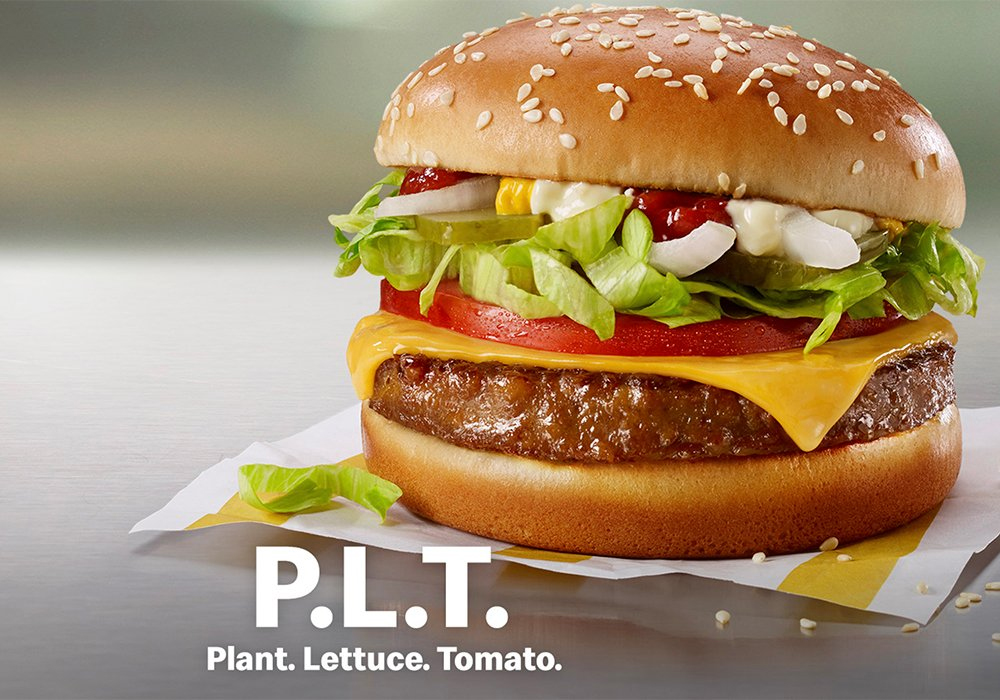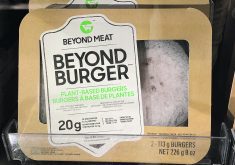Non-animal proteins are about to lose a disadvantage and start building an advantage, according to Sylvain Charlebois, an agri-food industry analyst.
Within a few years, plant-based protein products designed to compete with meat should cost about the same to produce as protein from animals, with micro-organism and animal-cell-based proteins close behind.
“Vegetable proteins are going to become perhaps a very attractive and financially reasonable option,” said Charlebois, head of the Agri-Food Analytics Lab at Dalhousie University, speaking at the Manitoba Protein Summit last month.
“To produce in livestock is costing more money and you have to change accordingly.”
Read Also

Phosphate prices to remain high
Phosphate prices are expected to remain elevated, according to Mosaic’s president.
Meat prices have been very high in recent years, something that is likely to cause consumers to be more open to alternative proteins than they would have been if prices were lower. The average Canadian family’s food budget is going from about 9.5 percent pre-pandemic to reach maybe 12 percent.
“I think meat counter economics will actually push consumers to go elsewhere, in vegetable protein, seafood, fish,” said Charlebois.
However, various sorts of protein should not be looking to wrest “stomach share” from each other but view the various protein sources as positives in a dynamic protein market, he said.
“You need to work together. You need to unify.”
The biggest challenge to plant and animal-based proteins now is the advent of cell-based meat, which should be able to be produced cheaply in laboratory or factory conditions.
However, the broad range of protein choices today gives consumers something fresh that can make meal choices more enjoyable.
“Before the second protein revolution, (when plant-based protein products were developed,) I think we all took proteins for granted,” said Charlebois.
“Now it’s exciting again.”
















